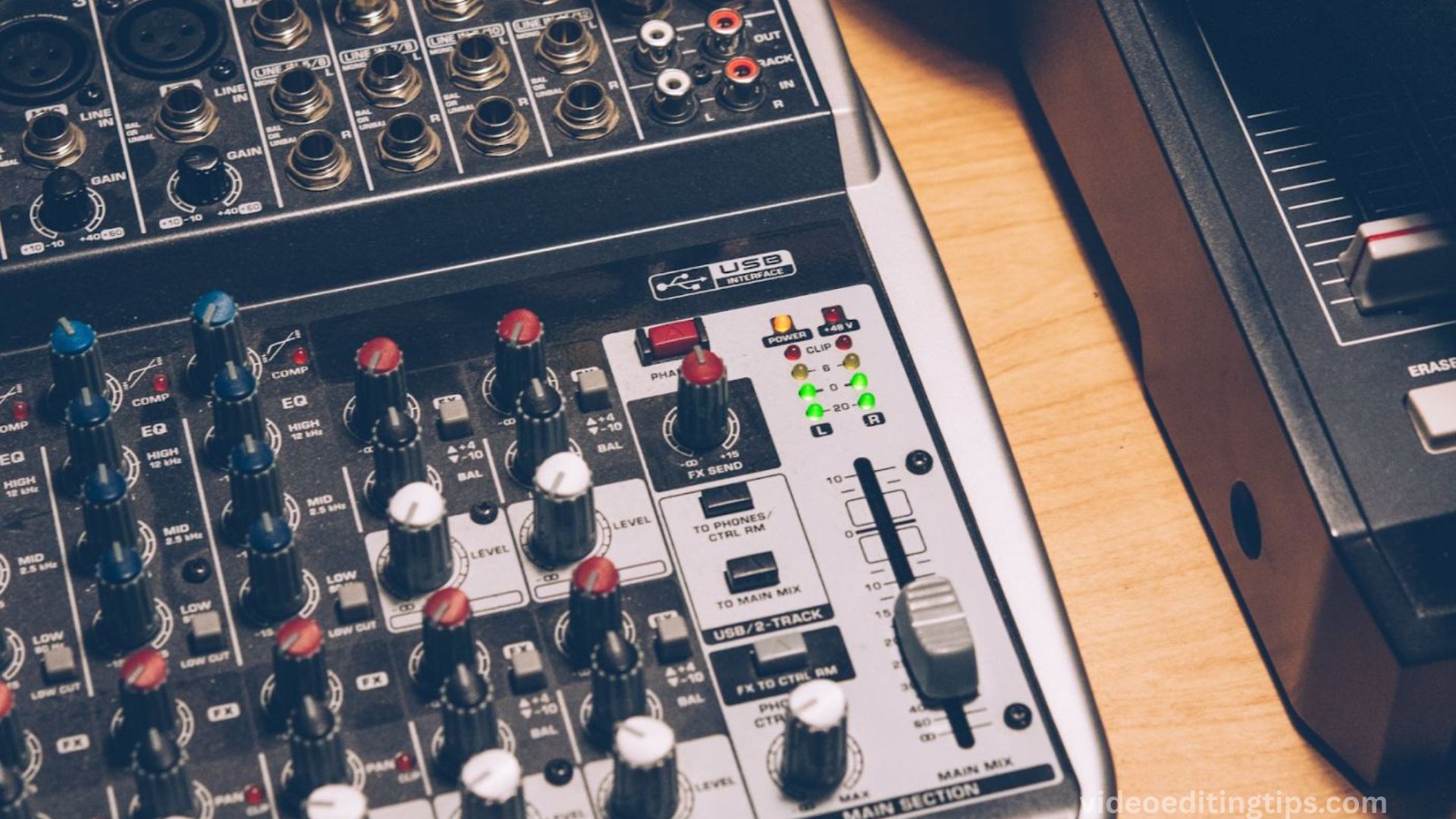Reverb is a powerful tool in music production, shaping the space and depth of a track. Its application varies widely across different genres, from the lush, ambient textures in electronic music to the tight, controlled spaces of hip-hop. Understanding how to use reverb effectively can enhance a song’s emotional impact and sonic character.
Each genre has unique conventions and expectations, and using reverb appropriately helps maintain authenticity while adding creative flair. This guide offers practical tips for using reverb across various musical styles, helping producers and musicians refine their sound and make the most of this versatile audio effect.
Using Reverb in Pop Music: Keep It Clean and Controlled
In pop music, reverb is often used subtly to enhance vocals and give them a polished, radio-ready feel. A common technique is to apply a short plate or room reverb on lead vocals to maintain intimacy while still adding a sense of space.
Pre-delay is key here it allows the reverb to sit behind the vocal, preserving clarity. Pop mixes often aim for a clean, controlled ambiance, so avoid overly long or dense reverb tails unless you’re creating a specific atmospheric effect.
Reverb in Rock Music
When it comes to rock music, especially classic or alternative rock, reverb plays a big role in shaping the overall sonic texture. Guitars often benefit from spring or hall reverb to add liveliness and replicate the sound of amplifiers in real rooms.
Drums, particularly snare drums, may be treated with gated reverb to create punch without muddying the mix. Vocal reverb in rock can vary, from subtle room ambience to more dramatic plate reverb for a vintage feel, depending on the track’s emotion and energy.
Read More: Top Video Editing Software Used by Popular YouTubers
Reverb Techniques in Electronic Music
Electronic music genres like EDM, house, and trance frequently use reverb to build atmosphere and transitions. In these styles, long hall or cathedral reverbs can be used on synths, pads, and effects to create immersive soundscapes.
Sidechaining the reverb signal to the kick drum is a popular technique in EDM to prevent low-end build-up and keep the groove tight. It’s important to strike a balance between spaciousness and rhythmic precision to maintain energy on the dance floor.
Hip-Hop and Trap
In hip-hop and trap, reverb tends to be used sparingly to preserve the punchiness and directness of the vocals. However, selective reverb like a short room or plate on ad-libs or background vocals can add depth without sacrificing impact. Percussive elements like snares and claps may also get a touch of reverb to enhance groove.
The key in hip-hop production is control; overuse of reverb can muddy the low-end and reduce vocal clarity, which is vital in a lyrically-driven genre.
Natural Reverb in Jazz Music
Jazz music often benefits from natural-sounding reverb to emulate the feel of a live performance in an acoustic space. Room or chamber reverbs work well to give instruments like saxophones, upright bass, and brushes a warm, realistic ambiance.
Unlike electronic genres, jazz recordings usually aim for authenticity, so reverb should be applied in a way that supports the natural dynamics and interaction of the musicians. Subtlety is essential too much reverb can blur the intricate details that define jazz.
Classical Music and Reverb
For classical music, reverb is indispensable in recreating the grandeur of concert halls and cathedrals. Large hall reverbs help strings, choirs, and orchestral instruments bloom with elegance. Reverb in classical mixing should be cohesive across the ensemble, making it sound as if all instruments were recorded in the same space.
This requires careful consideration of early reflections and tail length to maintain transparency and preserve the delicate balance of a live performance.
Frequently Asked Questions
What is reverb and why is it important in music production?
Reverb (short for reverberation) is an audio effect that simulates the sound of space, adding depth and ambiance to music. It’s essential in music production because it helps instruments and vocals blend naturally, creating a more immersive and professional-sounding mix.
How should I use reverb differently in various music genres?
Each genre has its own stylistic use of reverb. For example, pop music often uses short, clean reverbs for clarity; rock music may use plate or spring reverb for character; electronic genres rely on long reverbs for atmosphere; while hip-hop uses minimal reverb to keep vocals punchy.
What type of reverb is best for vocals in pop music?
Short plate or room reverbs with a bit of pre-delay work best for pop vocals. They add space without muddying the mix and help maintain vocal clarity while giving a polished sound.
How do I avoid muddy mixes when using reverb?
To avoid muddy mixes, use EQ to cut low frequencies from the reverb signal, control reverb time, and apply pre-delay. In genres like EDM or hip-hop, sidechain the reverb to the kick or main elements to maintain clarity and groove.
Is it okay to use the same reverb for all instruments in a mix?
While using a single reverb can create a cohesive space, it’s often better to use different types and settings for various elements. For example, vocals might need a plate reverb, while drums benefit from room reverb. Tailoring reverb to each instrument enhances mix depth and clarity.
Can reverb be automated or used creatively in modern genres?
Absolutely. Automating reverb parameters like decay time, wet/dry mix, or turning it on/off at key moments adds dynamics and excitement. It’s a common technique in electronic, trap, and cinematic genres to build tension, transition between sections, or highlight vocals.
Conclusion
Reverb is more than just an audio effect it’s a powerful creative tool that, when used intentionally, can elevate your mix and bring your music to life. Whether you’re crafting the clean polish of pop, the raw energy of rock, the immersive textures of electronic music, or the natural space of jazz and classical recordings, understanding how reverb functions within each genre is key to achieving a professional sound.

